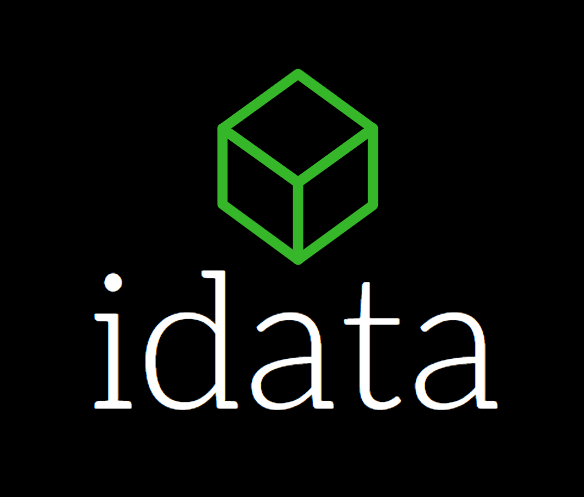Data Cataloguing in glue
Understanding Data Cataloguing
In our prior discussions, we've looked into the fundamentals of conventional AWS blob storage. Today, we pivot to explore a new dimension. However, before diving into AWS Glue's features, let's first understand what data cataloguing entails. A data catalog serves as a comprehensive inventory of an organization's data assets, providing metadata and context to facilitate data discovery, governance, and collaboration. Essentially, it acts as a centralized repository that indexes and organizes data across various sources, making it easily accessible and understandable for users.
Introducing AWS Glue
AWS Glue simplifies the process of data cataloguing by automating the creation and maintenance of a centralized metadata repository. It seamlessly integrates with various AWS services, including Amazon S3, Amazon RDS, and Amazon Redshift, allowing users to catalog data from disparate sources effortlessly. Here's how AWS Glue facilitates effective data cataloguing:
Automated Crawling: AWS Glue automatically discovers and catalogs data from various sources by crawling data stores such as Amazon S3, databases, and data warehouses. This automated crawling process identifies schema and metadata, enabling users to gain insights into their data assets quickly.
Unified Metadata Repository: AWS Glue consolidates metadata from different sources into a unified metadata repository, providing a single source of truth for all data assets. This centralized repository enhances data visibility and enables users to search, query, and analyze metadata efficiently.
Schema Inference and Evolution: With AWS Glue, users can infer schemas from semi-structured and unstructured data formats, such as JSON, CSV, and Parquet. Additionally, AWS Glue supports schema evolution, allowing schemas to evolve over time without disrupting data cataloguing processes.
Data Lineage and Impact Analysis: AWS Glue tracks data lineage, documenting the origin and transformation of data throughout its lifecycle. This capability enables users to understand the flow of data within their systems and conduct impact analysis to assess the downstream effects of changes.
Integration with Data Lake and Analytics Services: AWS Glue seamlessly integrates with other AWS services, such as Amazon Athena, Amazon Redshift Spectrum, and AWS Lake Formation, to enable advanced data analytics and processing. By leveraging these services, users can derive valuable insights from their data catalogued in AWS Glue.
Benefits of Data Cataloguing in AWS Glue
Implementing data cataloguing with AWS Glue offers several benefits for organizations:
Improved Data Discoverability: By cataloguing data assets in AWS Glue, organizations can enhance data discoverability, enabling users to easily find and access relevant data for analysis and decision-making.
Enhanced Data Governance: AWS Glue facilitates effective data governance by providing metadata management capabilities, ensuring data quality, consistency, and compliance with regulatory requirements.
Increased Productivity: Automating data cataloguing processes with AWS Glue reduces manual effort and accelerates time-to-insight, enabling users to focus on deriving value from their data rather than managing metadata manually.
Scalability and Flexibility: As a fully managed service, AWS Glue offers scalability and flexibility to accommodate growing data volumes and diverse data sources, allowing organizations to adapt to changing business needs seamlessly.
Conclusion
In conclusion, data cataloguing plays a crucial role in modern data management, enabling organizations to harness the full potential of their data assets. AWS Glue provides a comprehensive solution for data cataloguing, offering automated metadata management, data lineage tracking, and seamless integration with other AWS services. By leveraging AWS Glue's capabilities, organizations can streamline data discovery, governance, and analytics, driving innovation and competitive advantage in today's data-driven world.

